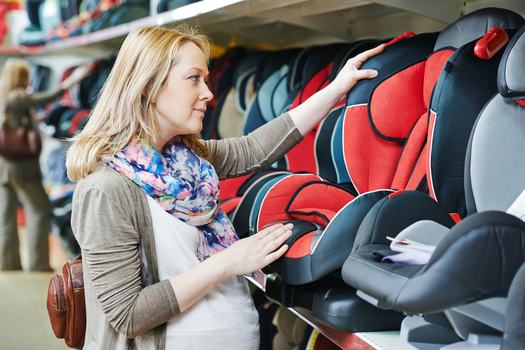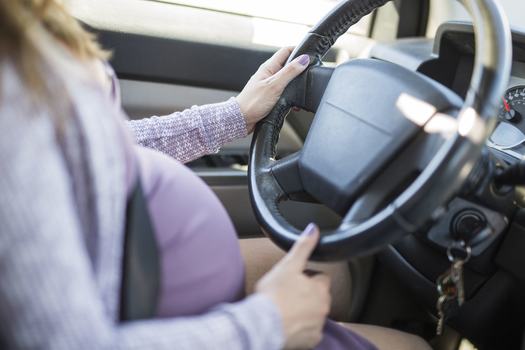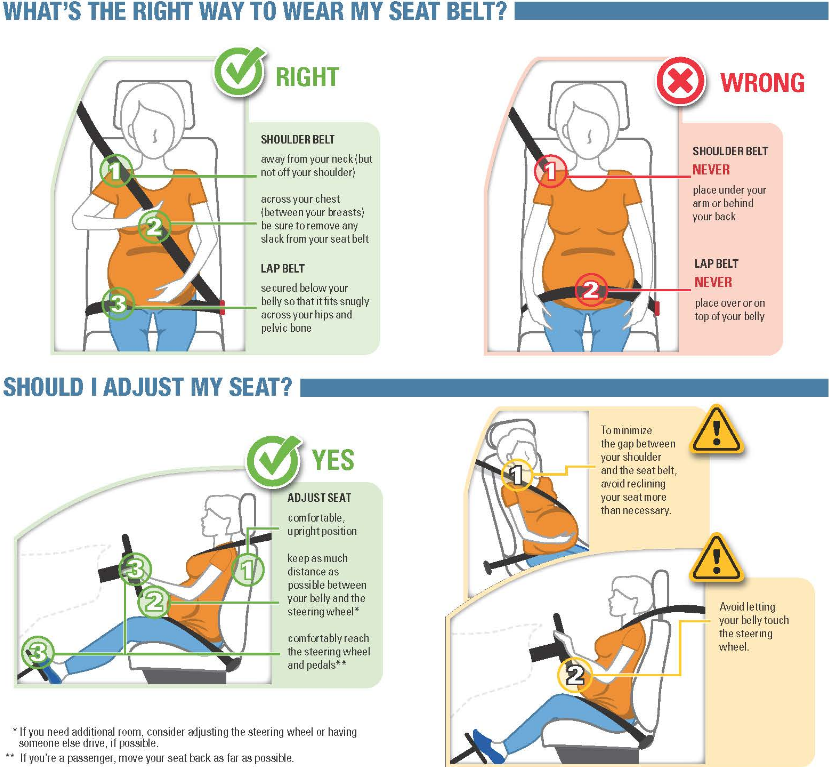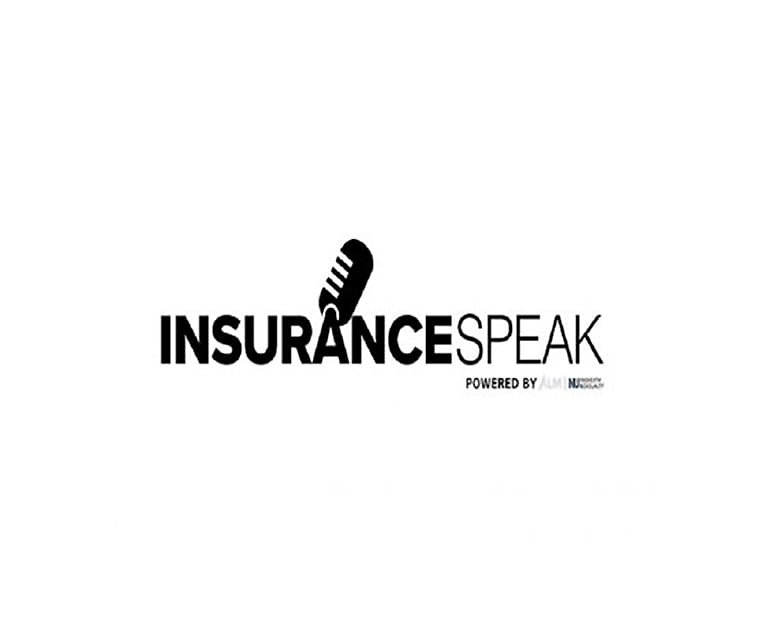Drivers on the road have a lot of variables toconsider.
|There are distractions inside the car, aggressive drivers on theroad with you and weather conditions are just some factors toconsider every time you step into your car. That's why practicingsafe driving is a must at all times. Not only are you protectingyourself, but also everyone else who is on the road.
|Everyone who's on the road isn't always just the driver,however. More often than not, a vehicle is filled with a familyheaded to their desired destination. Spouses and children areinherently at risk, as well. With this in mind, there are tips youcan take whether you drive by yourself or with your family to keepyourself and those around you safe.
|Related: Keep kids safe with these 5 tips to preventheatstroke in cars
|Child Passenger Safety Week, which falls onSeptember 17-23, 2017, is here and the National Highway Traffic SafetyAdministration has teamed up with the Ad Council toprovide some evergreen driving tips. Here's what you need toknow:
|
The right car seat will depend on your child's size and age.(Photo: Shutterstock)
|Which car seat should you use?
Parents know that a standard seat belt is not suitable for aninfant or toddler. As they grow, how they sit in your car willchange. But until they're ready, they should be in the car seatthat's right for them. But which is the right one?
There are four car seat types, and the ages they are often usedfrom depending on the child's size:
- The rear-facing car seat (birth to year3) is the best seat for your young child to use. It has a harnessand, in a crash, cradles and moves with your child to reduce thestress to the child's fragile neck and spinal cord. There are threetypes of the rear-facing car seat: an infant car seat (rear-facingonly), a convertible seat, and an all-in-one seat.
- The forward-facing car seat (year 1to year 7) has a harness and tetherthat limits your child's forward movement during a crash. There arethree types of the forward-facing car seat: a convertible seat, acombination seat, and an all-in-one seat.
- The booster seat (year 4 to year 12)positions the seat belt so that it fits properly overthe stronger parts of your child's body. There are fourtypes of booster seats: booster seat with high back,backless booster seat, combination seat, and an all-in-oneseat.
- The seat belt (year 8 to year 13 andbeyond) should lie across the upper thighs and be snugacross the shoulder and chest to restrain your child safely in acrash. It should not rest on the stomach area or across the neck orface.
With so many options, knowing how to install a car seat properlyis just as important. Information on installation can be foundhere. 
Pregnant woman should always buckle up, whether they're thedriver or passenger. (Photo: Shutterstock)
|Buckling up: A guide for pregnant women
Naturally, everyone in the car should buckle up and use their seatbelt. But for pregnant women, under different circumstances, whatshould they do?
Related: Correctly used child safety seats reduce fatalitiesby as much as 71%
|The answer is to always buckle up. Never drive or ride in a carwithout buckling up. Doctors advise that buckling up through allstages of a pregnant is the single most effective action a womancan take to protect themselves and their unborn child in acrash.
(Infographic: Trafficsafetymarketing.gov)
|Related: Parents share blame in distracted teen driving,according to EverQuote
Want to continue reading?
Become a Free PropertyCasualty360 Digital Reader
Your access to unlimited PropertyCasualty360 content isn’t changing.
Once you are an ALM digital member, you’ll receive:
- All PropertyCasualty360.com news coverage, best practices, and in-depth analysis.
- Educational webcasts, resources from industry leaders, and informative newsletters.
- Other award-winning websites including BenefitsPRO.com and ThinkAdvisor.com.
Already have an account? Sign In
© 2024 ALM Global, LLC, All Rights Reserved. Request academic re-use from www.copyright.com. All other uses, submit a request to [email protected]. For more information visit Asset & Logo Licensing.









